John Hurrell – 29 April, 2021
Evenly spread across or in a centrally positioned, vertical (spinal) line, such circular or square interstices collectively await our attention. Thin paint is caressed by brush (over and under) in its application around these repeated units—a method involving a gentle liquid stroking, but not too exuberant. Order is always apparent with the overpainting, whilst the apparent finely detailed underpainting is rich in intricate splats, drips and mottled washes.
Ron Left is known for his massive (multi-united), technically complicated ‘semi-abstract’ paintings and for incorporating potentially poetic narrative-loaded images from photography. These new moderately sized Left works are less complex in method and reference, being both restrained grid and energetically modulated field paintings, but never entirely either. Rich in splashy, dribbled, swirled and striated detail, there is lots of ‘agitated air’—but their surface is never devoid of regular (individually small) components that as ‘Windows’ (‘Fenestrae’) generate rhythm.
Evenly spread across or in a centrally positioned, vertical (spinal) line, such circular or square interstices collectively await our attention. Thin paint is caressed by brush (over and under) in its application around these repeated units—a method involving a gentle liquid stroking, but not too exuberant. Order is always apparent with the overpainting, whilst the apparent finely detailed underpainting is rich in intricate splats, drips and mottled washes.
The twelve plywood works are rectangular, and the sole canvas square—and some of these mathematically divided into vertical bands consisting of separate panels. For all the detail and seeming abandon with the painting process, admirably strict control dominates. Despite the wild gravity-ruled underpainting these works are very carefully constructed.
Of the thirteen paintings, nine involve grids (eight on strictly square modules, one on three butted panels that make the module spacing horizontally rectangular: not square), and four incorporate vertical ‘spines’ with wispy accentuating notes of delicate underpainting hovering nearby.
Some of the grid works have small drilled holes that have ‘leaking’ drips oozing ‘nasty’ secretions down the picture plane, referencing pollution perhaps. Other lined up globes seem to be about microcosms, if you wanted to attach a literal or symbolic interpretation. Other works have columns of pale monochromatic ‘tiles’ (with tiny squares tucked in their corners) descending as pastel bands. Some also have larger ‘buttons’ with swirling centrifugal vortices emanating across the surfaces.
What interests me is Left’s unerring unrelenting precision. We see the occasional early pencil line, or scattered sandlike textures, a viscous hint of squeegee or roller, or a flat plane of dark paint that is later painted over—where the relief edges detectable on the covered surface are invariably impeccable. He wants you to get really close, to enjoy his fine light-raked edges that deceptively seem like ruled lines. You are forced to analyse what’s in front of you, and the sequencing of his substance applications and element-positioning process.
John Hurrell
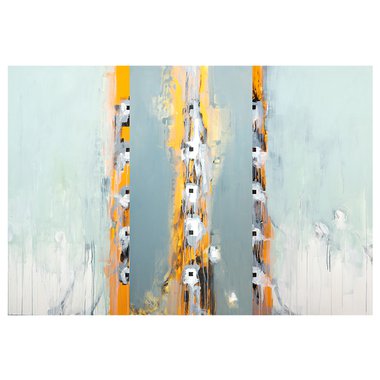
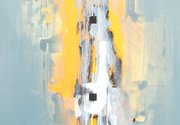
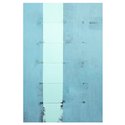
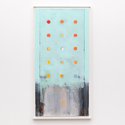

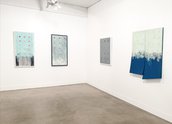

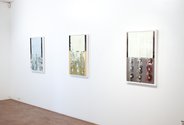

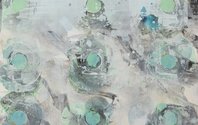
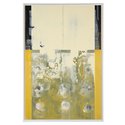
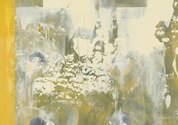

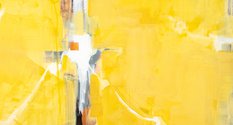
 Two Rooms presents a program of residencies and projects
Two Rooms presents a program of residencies and projects Advertising in this column
Advertising in this column



This Discussion has 0 comments.
Comment
Participate
Register to Participate.
Sign in
Sign in to an existing account.